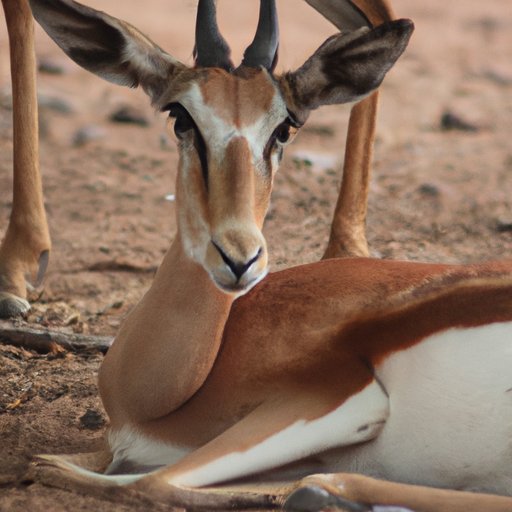Introduction: What is Wildlife Photography?
Wildlife photography is an art form that combines the beauty of nature with the science of photography. It is a way of capturing the natural world on film or digital media, and can be used to document the behavior of animals and plants in their natural environment. Wildlife photography also has educational value, as it can be used to raise awareness of endangered species and habitats.
Wildlife photography has become increasingly popular in recent years, with both professional and amateur photographers taking advantage of advances in technology to capture incredible images of wildlife in its natural habitat. From majestic snow leopards in the Himalayas to tiny hummingbirds in the Amazon rainforest, there are endless opportunities for wildlife photographers to explore and capture stunning images of nature.
Capturing Nature’s Beauty Through Wildlife Photography
Understanding the natural environment is essential for successful wildlife photography. Photographers need to be aware of the behavior of their subjects, as well as the environment in which they live. This includes knowing the best times of day to take photos, the type of lighting available, and the right angles to get the perfect shot. Photographers should also be familiar with the local flora and fauna, as this will help them identify the best places to take photos.
In addition to understanding the environment, there are a few tips that can help photographers capture stunning wildlife photos. First, it’s important to remember that animals are unpredictable, so patience is key. Photographers should also be sure to use a long lens, as this will allow them to get close-up shots without disturbing the animal. Finally, it’s important to be aware of the light and the background to ensure that the photo is properly exposed.
The Art and Science of Wildlife Photography
Choosing the right equipment is essential for successful wildlife photography. Professional photographers often use DSLR cameras with long lenses, as these allow them to capture detailed images from a distance. However, even entry-level cameras can produce good results if used correctly. It’s important to understand the various camera settings, such as aperture, shutter speed, and ISO, as these will determine the quality of the image.
Using the right camera settings is essential for capturing the perfect shot. For example, using a fast shutter speed will freeze motion, while a slow shutter speed can add blur to a moving subject. Aperture also plays an important role, as it determines how much light is allowed into the lens. As a general rule, using a wide aperture is best for capturing sharp images with shallow depth of field.

Going on a Photographic Safari: An Introduction to Wildlife Photography
If you’re looking for the ultimate wildlife photography experience, then a photographic safari is the perfect way to go. Before embarking on your trip, it’s important to plan ahead and research the best locations for wildlife photography. You should also consider the type of animal you want to photograph, as this will determine the best time of year to visit. Additionally, it’s important to prepare for the trip by bringing the right equipment, such as a tripod and a telephoto lens.
Once you’ve arrived at your destination, it’s important to be patient and observe your surroundings. Look for signs of wildlife and wait for the perfect opportunity to capture a stunning image. Remember, animals don’t always cooperate, so it’s important to remain flexible and be prepared to move quickly when the opportunity arises.
Conclusion: Summary
Wildlife photography is a unique form of art that combines the beauty of nature with the science of photography. Capturing stunning images of wildlife requires an understanding of the natural environment and the right camera settings. Photographers should also be prepared to go on a photographic safari to find the best locations for wildlife photography. With the right equipment and a bit of patience, it’s possible to capture stunning images of the natural world.
Conclusion: Final Thoughts
Wildlife photography is a rewarding and inspiring field. Not only does it provide photographers with the opportunity to capture stunning images of nature, but it also helps to raise awareness of endangered species and habitats.
(Note: Is this article not meeting your expectations? Do you have knowledge or insights to share? Unlock new opportunities and expand your reach by joining our authors team. Click Registration to join us and share your expertise with our readers.)
